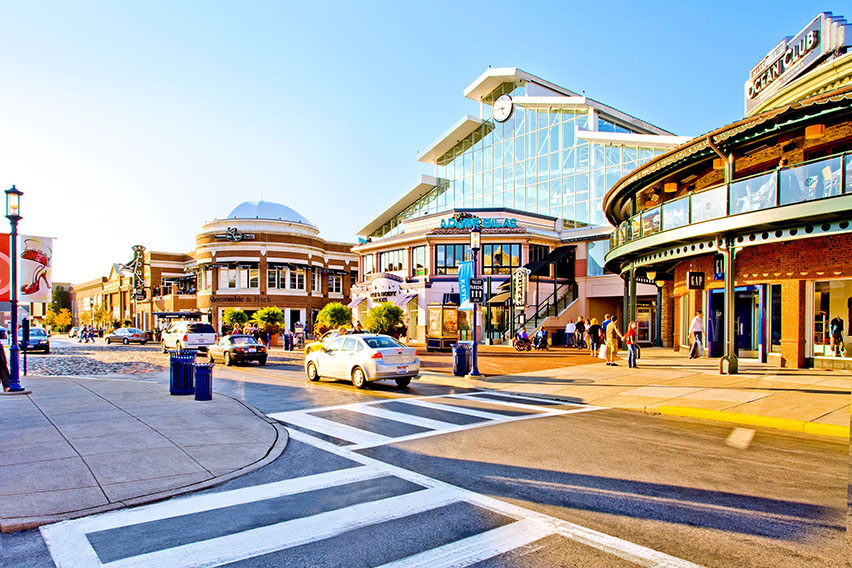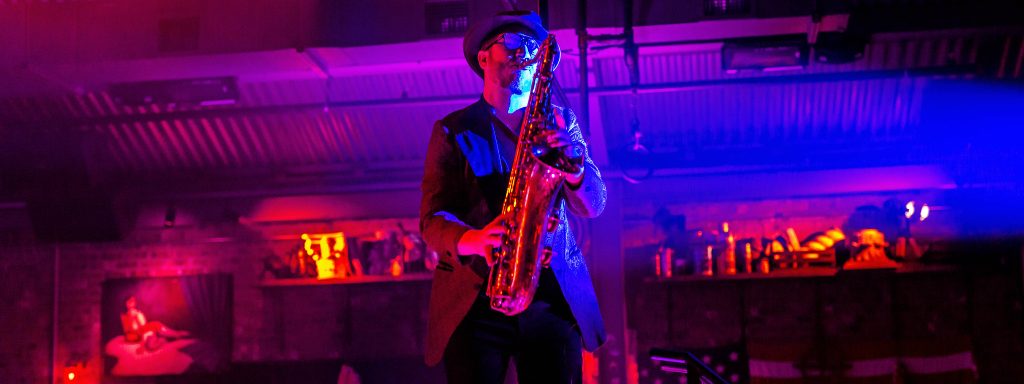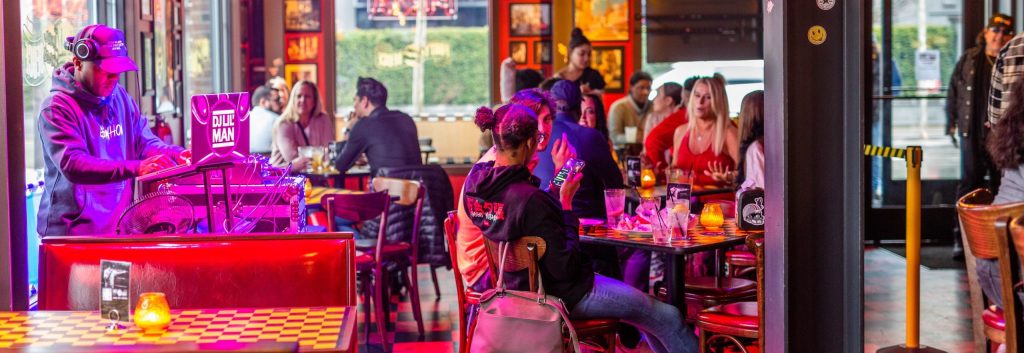By Yaromir Steiner
Perhaps the best way to begin a discussion about the “urbanization of suburbia”—a concept that has been discussed and debated with increasing frequency in recent years—is to correct a simple misunderstanding: there is no urbanization of suburbia. Rather than a new version of “urban sprawl,” what we are seeing instead is the strategic selection of promising sites and opportunities: high-density nodes of mixed-use development. Some, of course, are more successful than others, and some have been executed with a greater or lesser degree of aesthetic, synergistic and commercial skill than others, but it would be a mistake to think about it as urbanization on a widespread scale.
When that kind of high-density mixed-use development works, it works very well. Some of the most well-known examples include projects like Crocker Park in Cleveland, Ohio; Easton Town Center in Columbus, Ohio; The Grove in Los Angeles, California; Zona Rosa in Kansas City, Missouri; Bowie Town Center in Bowie, Maryland; and City Place in Palm Beach, Florida. All of these projects feature not just a mix of uses, but also powerful synergies and impactful experiential elements. All have demonstrated the durability and profitability of great spaces and places.
Understanding what these success stories mean—what distinguishes them and what they might herald for the future—requires a thoughtful and thorough examination of some of the mechanics and misconceptions about placemaking, urbanization, and the future of commercial development.
Deliberate and articulate
One of the misconceptions is that there is a “rush” to try and turn every new project into an exercise in placemaking. Industry professionals who have been in touch with design and development trends for decades understand quite well that, while more new developments (and redevelopments) are embracing the kind of dense, human-scale design elements and integrated mix of uses that distinguishes high-quality urban design, there is no widespread “rush” to placemaking.
Make no mistake, the placemaking pendulum is swinging back, but it is (for the most part) doing so in a deliberate and organic manner. More importantly, this shift is not a temporary fad or design preference—it is in response to some fundamental trends that are deeply rooted in the way that that we, as a society, think about and use space, and spend our time and our money. To resort to an overused but still powerfully descriptive phrase: the way we live, work and play.
Trend #1: Sustainability and environmental responsibility
Land is precious. Quality land is even more precious—and it continues to become more so with each passing year. As a result, we are seeing higher densities and more creative and consequential efforts at adaptive re-use. Natural resources are scarce, driving increased sustainability awareness and boosting LEED certifications. Even infrastructure is precious, sparking an increased appreciation for leisure time uses that extend the day and provide more bang for the built-environment buck. Whether it is time, money, properties or places, fewer resources means that doing more with less is more important than ever before.
Trend #2: End of Euclidian zoning
Euclidean zoning, where rigid land-use tenets segregate commercial, residential and leisure time activities and place arbitrary limitations on development, are increasingly viewed as inflexible and outdated. To a large extent, architects are reclaiming urban planning from engineers, applying proven urban design principles to integrate a mix of uses with the improved design of public spaces and a range of innovative social- and customer-centric designs.
Trend #3: Reintroduction of leisure time uses into the retail mix
As leisure time uses become an increasingly familiar feature on the mixed-use landscape, the social role of the marketplace has begun to reassert itself. Designs (and expectations) are changing. Entertainment anchors are on the rise. The importance of open-air environments, natural gathering spaces, and authentic environments and experiences is becoming clearer.
Trend #4: Emergence of strong retail brands
The diminishing role of anchors in design and development, and the growing preference for “direct access” by customers have combined to facilitate the growth of stronger and more prominent brands. The consequence of that trend is less reliance on the design and development limitations of traditional anchors, and greater emphasis on meaningful, engaging design. The built environment is important only insofar as it fosters and enhances access to brands and experiences.
Consequences and characteristics
From a design and development standpoint, the consequences of these trends are significant. The key characteristics that define the successful execution of this new generation of commercial developments include: public spaces as anchors, a mix of uses, open-air environments, and the thoughtful integration of leisure time uses. These are projects designed according to traditional urban design principles, destinations that function as not only commercial, but also civic and social hubs. When done well, these characteristics are mutually reinforcing for successful execution. This is not so much a checklist as it is a feedback loop: a true case of the whole being greater than the sum of its parts. It is the very definition of synergy.
What’s Where’s next?
If we understand and accept the prevalence and inevitability of these trends, the natural next question to ask is: what’s next? What does this mean? And what will be the impact on future retail real estate development?
A better question than what is next might be where is next. It seems virtually inevitable that, over the next 25 years or so, the traditional mall will be continue to be phased out and “replaced” by a new generation of New Town Centers. These mixed-use environments will feature a strong retail component joined with leisure-time uses, with traditional urban principles guiding designs that integrate public spaces and include more environmentally responsible buildings with adaptive re-use potential.
For developers, the practical impacts of those principles in action means that we will likely see more extensive use of parking decks, larger building blocks to accommodate vehicles and pedestrians, city planning driven by street grids and environments rather than by zoned uses, and the resurgence of urban planning as an architectural discipline.
The happy conclusion is that it is increasingly clear that, when it comes to commercial development, form is function: New Town Centers can be both commercial engines and social hubs; both aesthetic and architectural triumphs. In that context, it is perhaps not so hard to envision America’s planned commercial landscape a couple of decades from now as once again being not only bountiful, but also beautiful.






